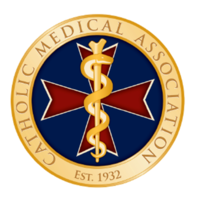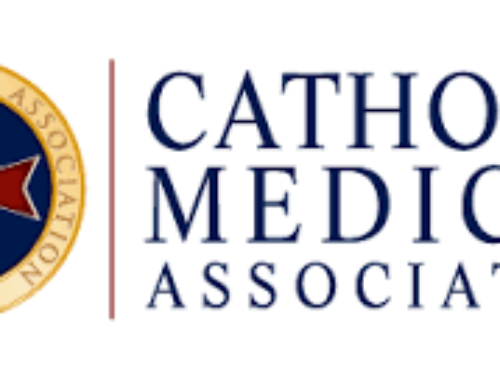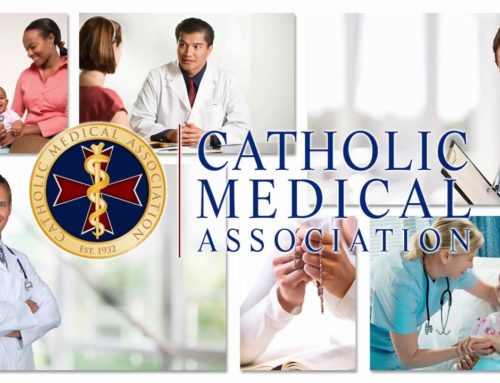“America’s first cathedral” celebrates 200 years
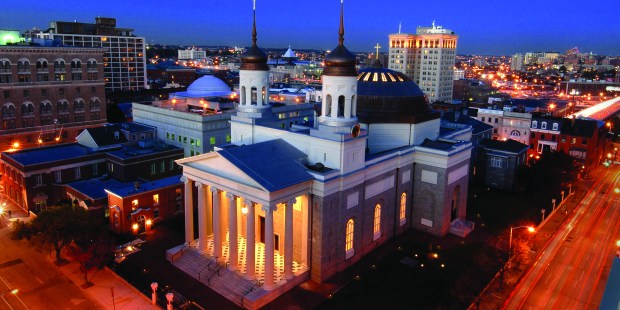
John Burger – published on 05/17/21
Baltimore Basilica, designed by the architect of the U.S. Capitol, continues mission of drawing people to Christ.
In the days before GPS, there was MapQuest. And that is what Marie-Alberte Boursiquot used to find Baltimore’s Basilica.
It was the mid-1990s. Dr. Boursiquot had gone to Howard University Medical School in Washington, D.C., and was completing her residency at Johns Hopkins. A practicing Catholic, she had to find a later Mass on Sunday if hospital duties didn’t finish early enough in the day.
On one of those Sundays, she drove to the Basilica of the National Shrine of the Assumption of the Blessed Virgin Mary, with a printout of directions from MapQuest.
“When I pulled up, it looked like a federal building,” Dr. Boursiquot recalled. “I went in to ask for directions.”
But inside, she knew she wasn’t lost.
“The first thing that struck me was the tabernacle — right in the center of the church,” Dr. Boursiquot, past president of the Catholic Medical Association, said in a recent interview. “I can’t tell you what came over me. I just felt like, wow, this was such an impressive church. It wasn’t just going to be just a church I would go to when I needed to. I felt like I had finally found my home or parish church.”
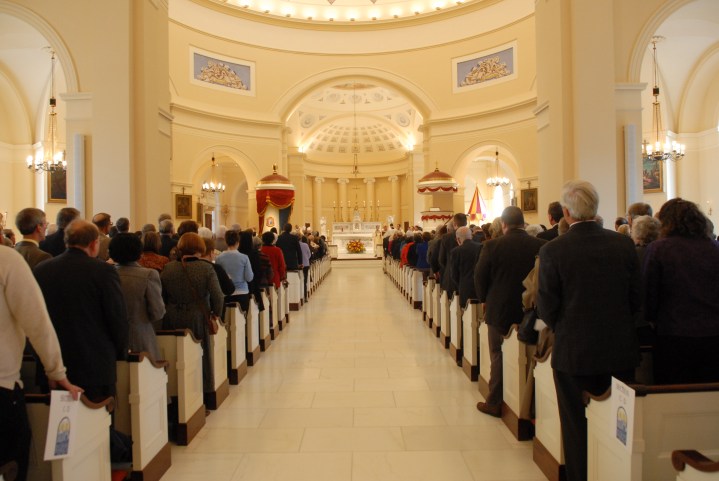
Archdiocese of Baltimore
Rich History
It’s probably no accident that Dr. Boursiquot at first thought it was a “federal building.” The imposing structure’s principal architect was Benjamin Henry Latrobe, a friend of Thomas Jefferson and one of the key architects of the United States Capitol. The basilica’s towering ionic columns in front give it a feel something like the United States Supreme Court.
Latrobe, working with the first bishop of the United States, John Carroll, wanted to express in stone the values and principles that the founding fathers of the United States charted out in the Declaration of Independence and the Constitution, including democracy and religious liberty.
When Rome granted Catholics in the United States their own diocese in 1789 — the year the Constitution came into force — it instructed them to build a proper cathedral. That cathedral was finally constructed in Baltimore and dedicated on May 31, 1821.
This month, on the 200th anniversary of that dedication, Baltimore Archbishop William E. Lori will celebrate a Mass of thanksgiving and launch a new initiative that confirms, deepens and extends the basilica’s mission in the city.
“It remains a place where we preserve, showcase, celebrate our history and heritage, and it continues to be a church that is rightfully venerated, certainly by the whole local Church but also I think throughout the whole United States,” Archbishop Lori said in an interview.
Baltimore’s Basilica, perhaps overshadowed by the much larger Basilica of the National Shrine of the Immaculate Conception in Washington, is often forgotten by most Catholics in the rest of the country. But it was the first great metropolitan cathedral constructed in the United States after the adoption of the Constitution, according to a history on the basilica’s website. And the history that was made there continues to impact the Church. It was here that national gatherings of bishops commissioned the so-called “Baltimore Catechism” that instructed generations of catechumens, mandated parochial schools and established the Catholic University of America. It was here that Fr. Michael J. McGivney, founder of the Knights of Columbus, was ordained a priest in 1877.
“Situated majestically on a hill above Baltimore Harbor, the historic Basilica was the center of the country’s first archdiocese, from which two-thirds of U.S. Catholic dioceses can trace their heritage,” the history recounts. “Under its auspices also came a series of other firsts, including the first order of African-American Religious, the Oblate Sisters of Providence, founded by Mother Mary Lange.”
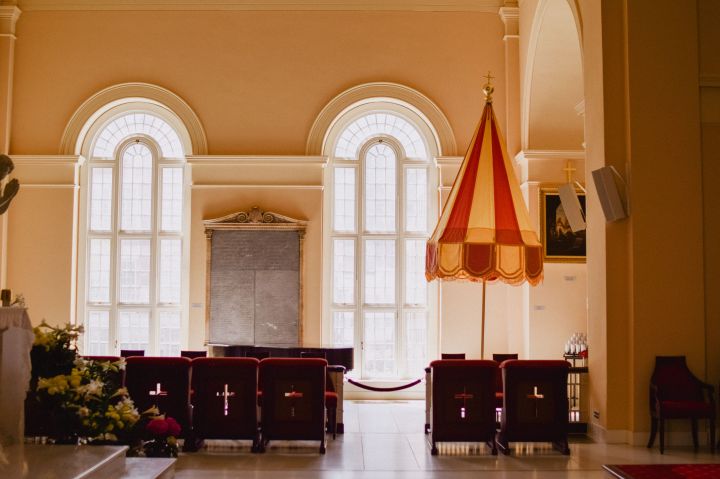
Maura Belton
“As I became more and more interested in U.S. Catholic history, I came to appreciate it as the most historic Catholic building in the United States,” George Weigel, biographer of Pope John Paul II, told Aleteia. “It’s still that, but it’s also a vibrant center of the New Evangelization in a stricken and suffering city.”
In a 2006 Baltimore Sun article, Weigel, who attended the Cathedral School across the street and received his First Communion in the basilica, just before the opening of the new Cathedral of Mary Our Queen, said that the original cathedral “was designed to be the physical embodiment of the American commitment to religious freedom.”
“And in that sense, the Baltimore Basilica is a building of global importance, for Americans have never understood religious freedom as a right for Americans only, but a universal human right,” Weigel wrote. “To express this conviction architecturally, Archbishop John Carroll, the first and arguably the greatest of Catholic bishops in the United States, sought out Benjamin Henry Latrobe, the architect of the U.S. Capitol. Mr. Latrobe, the son of a Moravian pastor, hit on the idea of diffused light as the natural metaphor that best expressed the American commitment to freedom of worship and conscience.”

